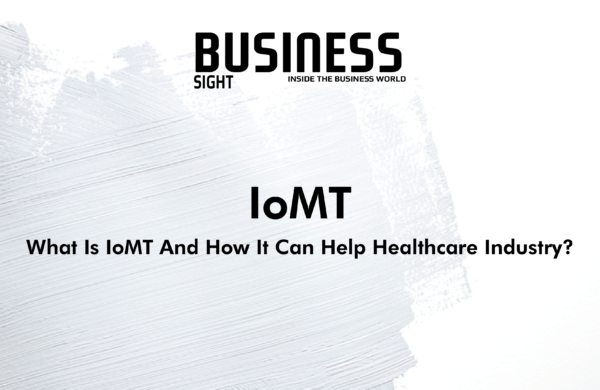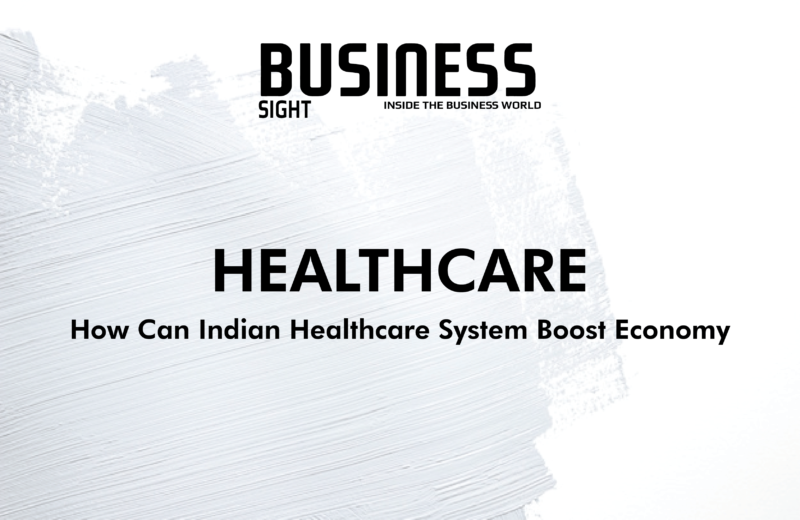The Internet of Medical Things (IoMT) is connecting medical devices to networks and to patients, one of the booming businesses of the era as per the global IoMT market was worth $22.5 billion in 2016 reports. Experts forecast the Internet of Medical Things or IoMT, the market will exceed $136.8 billion by 2021 as this technology is being developed that will monitor various bodily processes and process these signals to help identify the best course of action. The benefits IoMT offers doctors and, more importantly, their patients are countless. IoMT can reduce unnecessary hospital visits and the burden on health care systems by connecting patients to their physicians and allowing the transfer of medical data over a secure network for faster and more accurate diagnoses, more-efficient delivery of healthcare services, and reduced costs.
Today, wearable technology is epitomized by small devices most commonly worn on the wrist that monitor activity and the IoMT market consists of smart devices, such as wearables and medical/vital monitors, strictly for health care use on the body, in the home, or in community, clinic or hospital. IoMT technology enables virtually any medical device to collect, analyze, and send data across the Web and associated real-time location, telehealth and other services. Essentially, IoMT lets medical equipment and healthcare products share data in real-time.
IoMT devices are used for administrative or clinical functions either in the clinic, in the telehealth model, or at the point of care, making hospitals and clinics the greatest users of IoMT devices. MRIs, X-ray machines, CT scanners, and other equipment can be remotely monitored for the performance of a patient’s heart, lungs, ears, skin, throat, abdomen, etc. The pressure exerted by or upon an area of the body can be a particular cause for concern and hence of healing of the swollen part can also be monitored with the help of IoMT. Sensors can be woven into bed sheets or clothing; silicone-coated, electrically conductive yarn, woven into bedding, to keep constant track of the healing process. The same technology is being used to enable hospital beds to automatically move in accordance with the patient’s needs, thereby reducing the pressure on the specific parts of the body.
A more holistic approach to using technology in the medical sector, bringing together multiple disciplines into a single solution is required. One such push is telemedicine which extends healthcare services beyond the walls of the hospital. Remote Patient Monitoring (RTM) enables many patients suffering from chronic disease to avoid frequent visits to the doctor as the system comprises all home monitoring devices and sensors used for chronic disease management, which involves continuous monitoring of physiological parameters. Portable RTM devices can monitor patients’ heart activity and glucose levels, and automatically alert the doctor when there is a serious problem or else, the system can continuously observe discharged patients to accelerate recovery time and prevent re-hospitalization.
Traditional health care is witnessing a paradigm shift as digital transformation is advancing technology which will be connecting people with more devices.

















